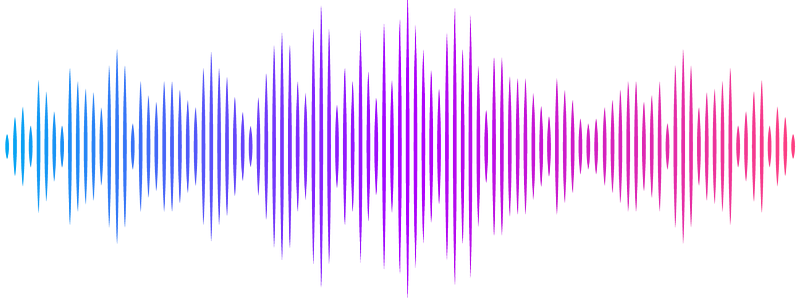SCREEN: a graph-based contrastive learning tool to infer catalytic residues and assess mutation tolerance in enzymes

SCREEN: a graph-based contrastive learning tool to infer catalytic residues and assess mutation tolerance in enzymes
Pan, T.; Bi, Y.; Wang, X.; Zhang, Y.; Webb, G. I.; Gasser, R.; Kurgan, L.; Song, J.
AbstractThe accurate identification of catalytic residues contributes to our understanding of enzyme functions in biological processes and pathways. The increasing number of protein sequences necessitates computational tools for the automated prediction of catalytic residues in enzymes. Here, we introduce SCREEN, a graph neural network for the high-throughput prediction of catalytic residues via the integration of enzyme functional and structural information. SCREEN constructs residue representations based on spatial arrangements and incorporates enzyme function priors into such representations through contrastive learning. We demonstrate that SCREEN (i) consistently outperforms currently available predictors; (ii) provides accurate results when applied to inferred enzyme structures; and (iii) generalizes well to enzymes dissimilar from those in the training set. We also show that the putative catalytic residues predicted by SCREEN mimic key structural and biophysical characteristics of native catalytic residues. Moreover, using experimental data sets, we show that SCREENs predictions can be used to distinguish residues with a high mutation tolerance from those likely to cause functional loss when mutated, indicating that this tool might be used to infer disease-associated mutations.


